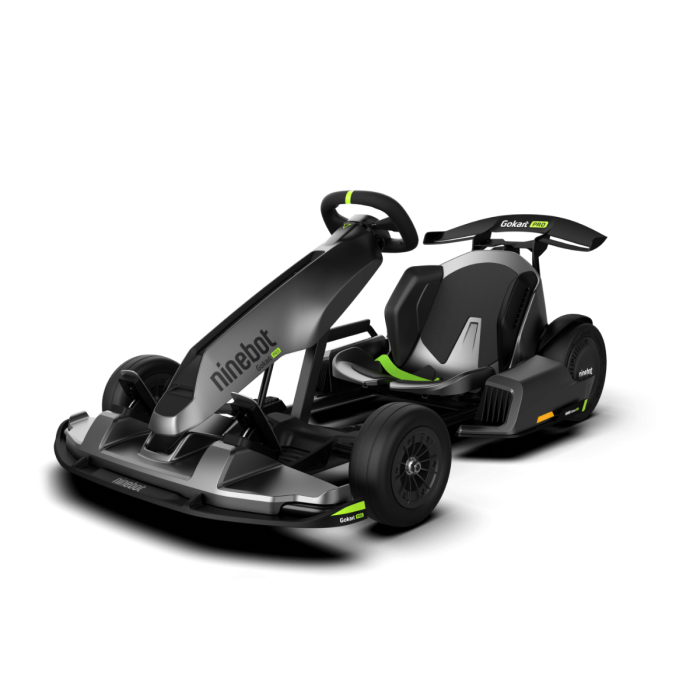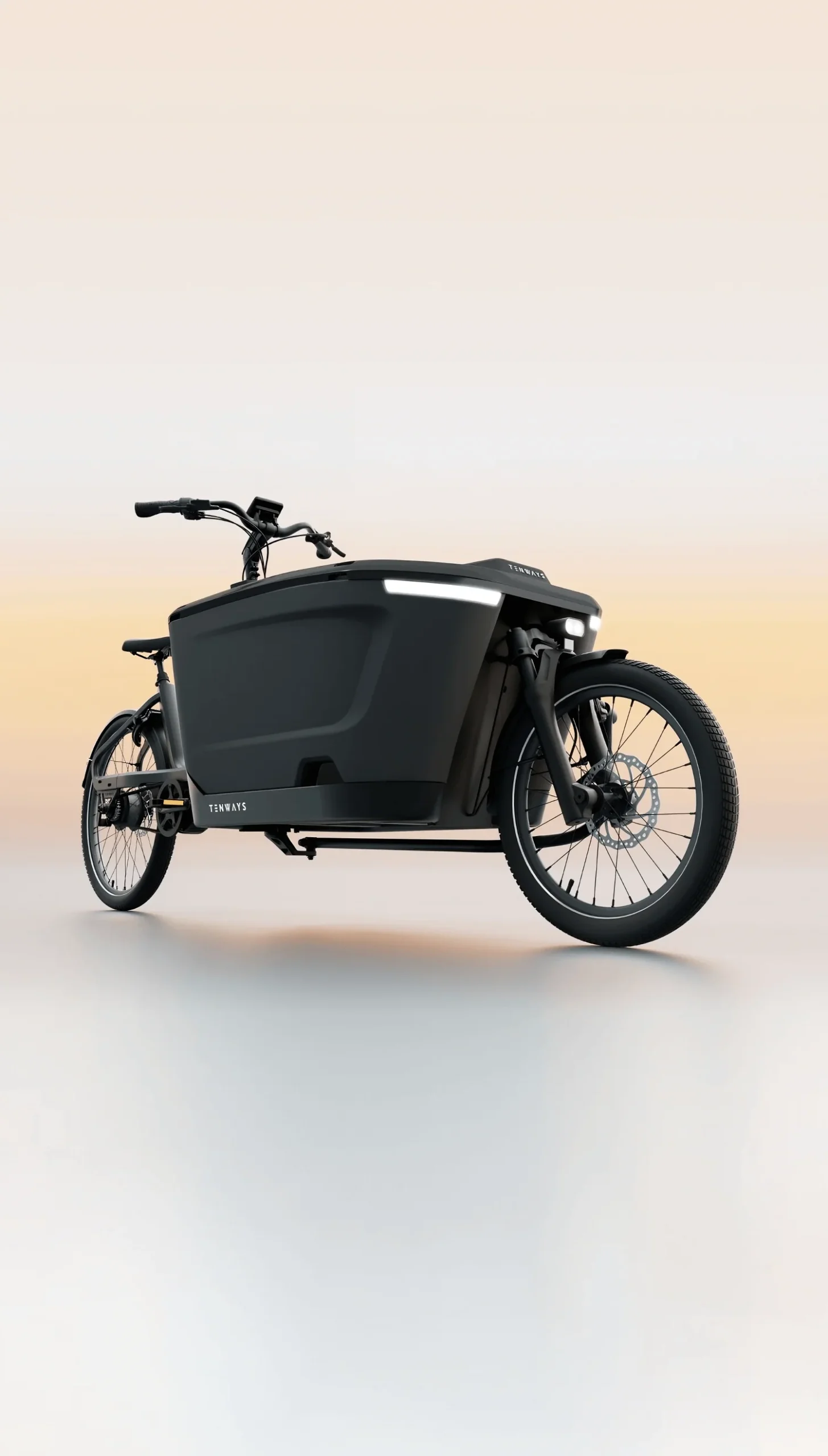Understanding the Essentials of Electric Bike Batteries & E-Bike Battery Charging Tips
Discover the essential guide to battery maintenance, care and optimal charging techniques for electric bikes in this comprehensive blog post. Properly maintaining and charging your electric bike’s battery, while being aware of potential risks, ensures not only the safety of you and your loved ones but also extends the lifespan of the battery.
Unveil expert tips, tricks, and best practices necessary to extend your bike’s battery life while ensuring safe and efficient charging. Embrace a professional tone as we delve into the intricate world of electric bike batteries, empowering you with knowledge that will enhance your riding experience and keep your investment running smoothly.
Summary:
Understand the importance of battery maintenance for electric bikes.
Different types of electric bike batteries include lithium-ion, lead-acid, and nickel-cadmium, each with its unique characteristics.
Factors to consider when choosing the right battery for your e-bike include capacity, chemistry, voltage, and charging time.
Proper care and storage, such as avoiding extreme temperatures, can help preserve your battery’s efficiency and lifespan.
Handling and transporting your e-bike batteries safely is essential to prevent damage.
Address common battery issues like loose connections, damage, or wear and tear to ensure your e-bike functions smoothly.
Tips to maximize battery performance include using the correct charger, avoiding complete discharge, and practicing short, frequent charges.
Regular battery maintenance, firmware updates, and eco-mode can contribute to better battery health.
Strategies to extend battery life involve preventing overcharging, proper storage, and regular recharging.
Knowledge and care of your e-bike battery are essential for an exciting and sustainable e-biking experience.
Table of Contents
Discovering the Spectrum of Battery Types
Electric bike batteries come in a variety of options tailored to different needs. Primarily, there are three types on the market: lithium-ion, lead-acid, and nickel-cadmium batteries.
- Lithium-ion Batteries
- Lithium-ion batteries are the top choice. Renowned for their high power density, lightweight design, and durability, they are a favorite among e-bike enthusiasts. Think of them as the turbo engines of luxury sports cars – powerful and efficient.
- Lead-Acid Batteries
- If you’re budget-conscious, lead-acid batteries might be the right fit for you. While they are heavier and have shorter lifespans per charge, they are cost-effective, like the dependable family car in the world of e-bike batteries.
- Nickel-Cadmium Batteries
- Once a popular choice, nickel-cadmium batteries are now considered outdated due to environmental concerns. These batteries contain the hazardous material “cadmium,” a heavy metal similar to mercury or zinc, making them difficult to recycle or dispose of. E-biking has transitioned to more eco-friendly alternatives.
High-end electric bike batteries are a crucial component of any premium e-bike. When it comes to the best e-bike batteries, they are typically made using high-quality cells from reputable manufacturers like Panasonic, LG, or Samsung. These batteries often feature lithium-ion chemistry, which is known for its durability, safety, and longevity.
An outdated article on the NSCL, states that an electric bike costs on average of $2,000 – $3,000 dollars. However today an ebike such as the Porsche Sport or the Santa Cruz Heckler will cost well over $10,000.

“A well-maintained lithium-ion e-bike battery can last three to five years and endure over 1000 charge cycles throughout its lifespan.” The capacity of e-bike batteries can vary, and larger capacity batteries provide longer ranges, which is ideal for those seeking extended rides.
It’s important to note that the speed of your e-bike is also influenced by the battery voltage. Upgrading to a higher voltage battery, such as from 36V to 48V, can make your e-bike faster. However, ensure that your bike can handle the higher voltage to avoid damaging the controller.
In addition to the battery’s specifications, you can find a wide range of high-quality e-bike batteries available for purchase. These batteries come in various sizes, voltages, and capacities, allowing you to choose the one that best suits your e-bike’s needs.
Selecting the right battery for your e-bike is akin to choosing the perfect tool for a specific job. Consider factors such as affordability, weight, travel range, and compatibility with your bike’s motor to find the ideal fit.
Finding the Perfect Fit
Choosing the ideal battery for your e-bike involves evaluating several key factors:
- Battery Capacity
- Measured in watt-hours (Wh), battery capacity determines your e-bike’s range. Larger capacity batteries provide longer rides but may add weight, affecting maneuverability.
- Battery Chemistry
- Lithium-ion batteries are a top choice, with options like Lithium Iron Phosphate (LiFePO4) or Lithium nickel cobalt aluminum oxide (NCA). Each chemistry offers unique benefits, so match it to your specific needs.
- Voltage and Charging Time
- When selecting your e-bike, consider both battery voltage and charging time. These factors influence your e-bike’s performance and convenience.
- Battery Voltage:
- Low Voltage: Suitable for short, casual rides.
- Medium Voltage: Ideal for moderate, everyday use.
- High Voltage: Best for long-distance or professional biking.
- Charging Time:
- Short Charging Time: Quickly prepares your e-bike, suitable for frequent users.
- Medium Charging Time: Balances between performance and waiting time.
- Long Charging Time: May require overnight charging, suited for occasional riders.
- Battery Voltage:
- When selecting your e-bike, consider both battery voltage and charging time. These factors influence your e-bike’s performance and convenience.
People Also Read:
Guide – Selecting the ideal ebike tailored to your preferences
Balancing these elements can significantly enhance your e-biking experience.
Nurturing Your Battery
Ensuring the longevity and optimal efficiency of your e-bike battery is crucial for a satisfying e-bike experience. This requires careful care and storage of your battery.
Preserving Your Battery
- Optimal Storage Conditions: Store your battery in a cool and dry environment, ideally at room temperature. Extreme temperatures can harm your battery’s efficiency.
- Safeguard from Extreme Environments: Protect your battery from direct sunlight and severe weather conditions that could compromise its structural integrity.
Routine Check-ups
- Regularly inspect your battery for damage or deterioration, such as cracks or leaks. Address any issues promptly.
Careful Cleaning
- When cleaning, use a soft, damp cloth to gently wipe your battery. Avoid abrasive materials or harsh chemicals that may damage the casing.
Following these storage and maintenance tips will ensure the high performance of your electric bike battery and extend its serviceable life, rewarding you with countless unforgettable journeys.
Safe Practices for Handling and Transporting Electric Bike Batteries
Properly handling and transporting your electric bike batteries is vital for their longevity and performance. Keep these tips in mind to ensure you’re treating your batteries correctly:
- Securely fasten the battery to prevent accidental damage from drops or falls.
- Handle the battery gently to avoid harm to the battery or its integrated parts.
- Follow the manufacturer’s guidelines for safe transportation, including temperature ranges, packaging rules, and air travel limitations.
- Prevent exposure to extreme temperatures, as they can significantly impact battery performance and lifespan.
By adhering to these crucial tips, you can safeguard your electric bike batteries during handling and transportation, guaranteeing their optimal performance and durability.
Addressing Typical Electric Bike Battery Issues
Electric bike riders often encounter battery complications, including sudden power loss or decreased battery life. Virtually all of these issues can be diagnosed and resolved, keeping your e-bike in excellent condition.
To troubleshoot your bike battery issues, consider the following steps:
- Check the battery connections for looseness or corrosion and ensure they are tight and clean.
- Inspect the battery casing for damages, wear, or tear. Address any cracks or leaks promptly to prevent further complications.
Quick identification and resolution of battery issues like these ensure the smooth operation of your electric bike.

How to Maximize Battery Performance for Electric Bikes
To maximize the battery life of your electric bike, follow these guidelines:
- Use the Correct Charger
- Always use the charger provided by the manufacturer. Alternate chargers can lead to improper charging and potential battery damage.
- Charging Conditions
- Charge the battery at room temperature. Extreme temperatures can decrease the battery’s lifespan and performance.
- Avoid Complete Battery Discharge
- Charge the battery when it reaches around 20-30% capacity to prevent deep discharge cycles that can affect battery lifespan.
- Promote Frequent Short Charges
- Instead of waiting for the battery to deplete completely, practice frequent short charges to put less strain on the battery.
- Proper Battery Storage
- If not in use for a while, store the battery at around 50% charge to prevent self-discharge and maintain battery health.
Additional tips to consider:
- Regular maintenance, including cleaning and maintaining the battery and its contacts, can improve performance.
- Keep your e-bike’s firmware up-to-date, as updates often include energy-saving features.
- Utilize Eco-Mode if your e-bike has it to conserve battery life.
- Regular usage keeps the battery in good condition; long periods of inactivity can lead to deterioration.
By following these expert insights, you can ensure the peak performance, longevity, and efficiency of your e-bike’s battery.
Expanding Battery Life
Extending your electric bike battery’s life can be achieved with some key strategies.
Overcharge Prevention
- Avoid overcharging by disconnecting the charger when the battery is fully charged.
Suitable Storage Conditions
- Store your battery in “moderate” temperatures to prevent performance and longevity issues.
Regular Recharging
- Recharge the battery when it reaches 20-30% capacity to prevent deep discharge situations. Short, frequent charging sessions are healthier for your battery than infrequent full charging.
Intelligent Storage Approach
- When your e-bike is not in use for extended periods, maintain the battery at approximately half its charge level. This practice helps preserve overall battery health and prevents self-discharge.
By following these expert-approved guidelines, you can gain maximum potential of your electric bike battery, ensuring extensive cycling adventures for the future.
In Conclusion:
In the exciting landscape of electric bikes, the battery serves an unparalleled role – acting as the powerhouse that fuels your e-biking journey. From choosing the appropriate battery, comprehending how it functions, and its proper maintenance, to troubleshooting issues, your e-bike battery is your faithful ally on your exciting e-biking ventures.
It isn’t merely a source of energy; it encapsulates the very spirit of your e-biking adventure. The decisions you take while picking the optimum battery, maintaining its health, and guaranteeing its durability will naturally shape the quality of your e-biking experiences.
Always remember, in the stimulating domain of e-biking, knowledge is your most potent tool, and the e-bike battery stands as a symbol of this. Give it the attention, care, and understanding it deserves, and it will reciprocate with countless exciting journeys.
Your electric bike’s battery is not merely a component; it’s your dependable ally as you discover new frontiers and bask in the exhilaration of e-biking. Armed with the knowledge you’ve acquired here, you’re more than ready to delve into your e-biking escapades, assured that the power unit of your e-bike is well-maintained.






